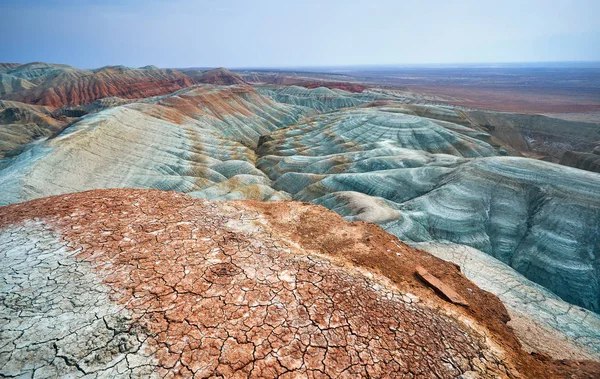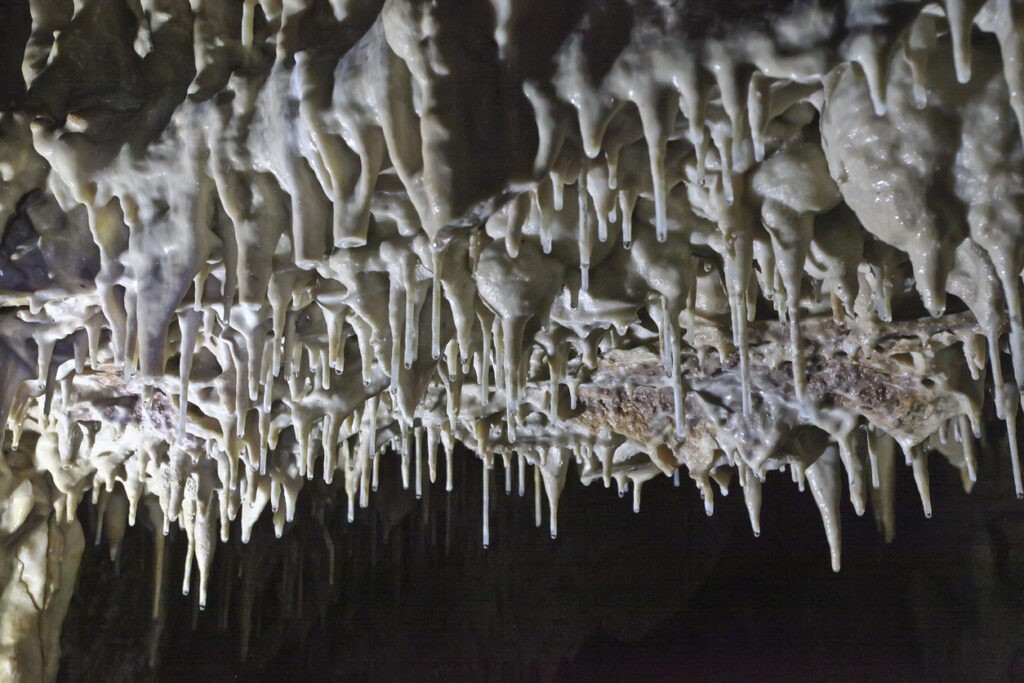Kazakhstan’s Altyn-Emel Named Among World’s Most Incredible National Parks
Kazakhstan’s Altyn-Emel National Park has been ranked in the world's top 10 most impressive national parks outside the United States, according to a recent article in the American travel magazine Travel + Leisure. The article praised the park’s natural diversity, rich wildlife, and distinctive landscapes. Among the standout attractions highlighted were the Singing Barchan sand dune, the Saka-era burial mounds at Besshatyr, the Kapshagai Reservoir, and the Sholak Mountains, a favored destination for birdwatchers. “In Kazakhstan’s Altyn-Emel National Park, you can encounter rare and endangered species such as the Przewalski’s horse and the snow leopard,” the article explains. [caption id="attachment_30226" align="aligncenter" width="600"] @altynemel.kz/Sakka burial mounds[/caption] A Park of History and Biodiversity Established in 1996 in Kazakhstan’s Zhetysu region, in the east of the country, Altyn-Emel National Park spans 307,600 hectares, having expanded from its original area of 209,000 hectares. The park is situated in the Ili River valley and encompasses desert plains, the foothills of the Dzungarian Alatau, and isolated rocky outcrops. The name Altyn-Emel means “Golden Saddle.” The park experiences a sharply continental climate, with dry, hot summers and limited annual precipitation of just 300-330 millimeters. Its varied landscapes include sand dunes, clay formations, and mountain zones composed of ancient Paleozoic rock, some of which date back 400 million years. [caption id="attachment_30227" align="aligncenter" width="600"] @altynemel.kz/The singing barchan[/caption] A Sanctuary for Rare Flora and Fauna Altyn-Emel is home to more than 1,800 species of plants, including 21 listed in Kazakhstan’s Red Book of endangered species. Unique vegetation includes black and white saxaul, ironwood groves, and the wild Sivers apple tree, an ancestor of modern cultivated apples. The park hosts 393 species of vertebrates: 78 mammals, 260 birds, 25 reptiles, four amphibians, and 26 species of fish. Among the rarest animals are argali sheep, goitered gazelles, kulans, and snow leopards. The park is especially proud of its Turkmen kulan population, reintroduced in 1982, which now numbers more than 2,000 individuals. [caption id="attachment_30228" align="aligncenter" width="600"] @altynemel.kz/Petroglyphs[/caption] Nature’s Wonders The park’s most iconic feature is the Singing Barchan, a sand dune stretching 1.5 kilometers and rising to 130 meters in height. In dry weather, the dune emits a humming sound reminiscent of organ music. Other geological and historical landmarks include the multi-colored Aktau clay mountains, the volcanic Katutau rocks, Chokan Valikhanov’s spring, and the Besshatyr necropolis of Saka nobility. Ancient petroglyphs in the Taigak area are also of interest to visitors. Promoting Kazakhstan’s Natural Heritage Efforts to promote Kazakhstan’s national parks internationally continue through initiatives such as the Qazaq National Parks project. In 2024, an exhibition in New York showcased a digital display of the country’s natural wonders. Among the highlights was the book Ile-Alatau Stories, a collection chronicling the lives of individuals committed to conservation efforts. Global Recognition Altyn-Emel shares its top-10 ranking in Travel + Leisure with other spectacular national parks: Galápagos National Park (Ecuador) Mana Pools (Zimbabwe) Plitvice Lakes (Croatia) Killarney National Park (Ireland) Kaz Dağları National Park (Turkey) Rishiri-Rebun-Sarobetsu National Park (Japan) Bandhavgarh National Park (India) The Azores (Portugal)...






